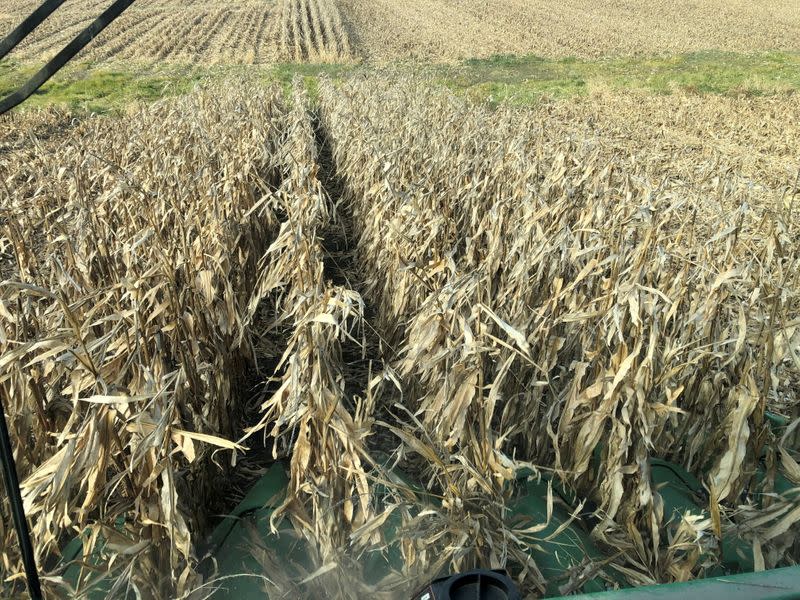U.S. seeks to conserve more farmland as crop prices climb
By Tom Polansek and Karl Plume
CHICAGO (Reuters) - The Biden administration hopes to convince farmers to set aside four million more of acres of land for conservation this year by raising payment rates in an environmental program, but farmers said surging crop prices make it a tougher sell.
The push to enroll more land into the 36-year-old Conservation Reserve Program is a part of the administration's campaign to counter climate change.
In the voluntary program, the U.S. Department of Agriculture (USDA) pays farmers a yearly rent not to grow crops on environmentally sensitive land for 10-15 years as a way to prevent soil erosion, sequester carbon, reduce nitrogen runoff and provide habitats for wildlife.
About 21 million acres are enrolled in the program, below the Congress-set limit of 25 million acres. The cap will gradually increase to 27 million acres by 2023.
To entice farmers to add 20% more acres in 2021, the USDA is expanding the number of incentivized environmental practices allowed under the program, along with raising payment rates, the agency said.
"There's always a balance, but it's critically important that we continue to create a multitude of ways for land to be productively used," USDA Secretary Tom Vilsack said on Thursday.
Apart from environmental goals, conservation land can also generate rural jobs in outdoor recreation or construction, he said.
"It gives farmers choices and I think that's important," he said.
Still, farmers said the potential for big profits from crop production will make them reluctant to take land out of production. U.S. corn and soy futures notched fresh multi-year highs on the Chicago Board of Trade on Thursday. [GRA/]
"Unless you've got some really tough soil like in southern Illinois - roll-y, rocky ground - you're going to have a hard time getting anybody to sign up anything for CRP," said Dave Kestel, who grows corn and soybeans in Manhattan, Illinois.
The National Grain & Feed Association, which represents grain processors and exporters, warned the USDA not to try to enroll large tracts of productive farmland into the conservation program because the voracious international demand for commodities would simply lead farmers in competing exporting countries to increase plantings.
"Programs that drastically increase acreage idling in the United States send market signals to competitors to plant more acres, resulting in negative climate and environmental impacts," President Mike Seyfert said.
Vilsack denied that conserving more land in the U.S. would lead to deforestation in other countries. He said the program was aimed at preserving marginal acres, not the most productive U.S. farmland.
(Reporting by Tom Polansek and Karl Plume; Editing by Aurora Ellis)

 Yahoo Finance
Yahoo Finance 

